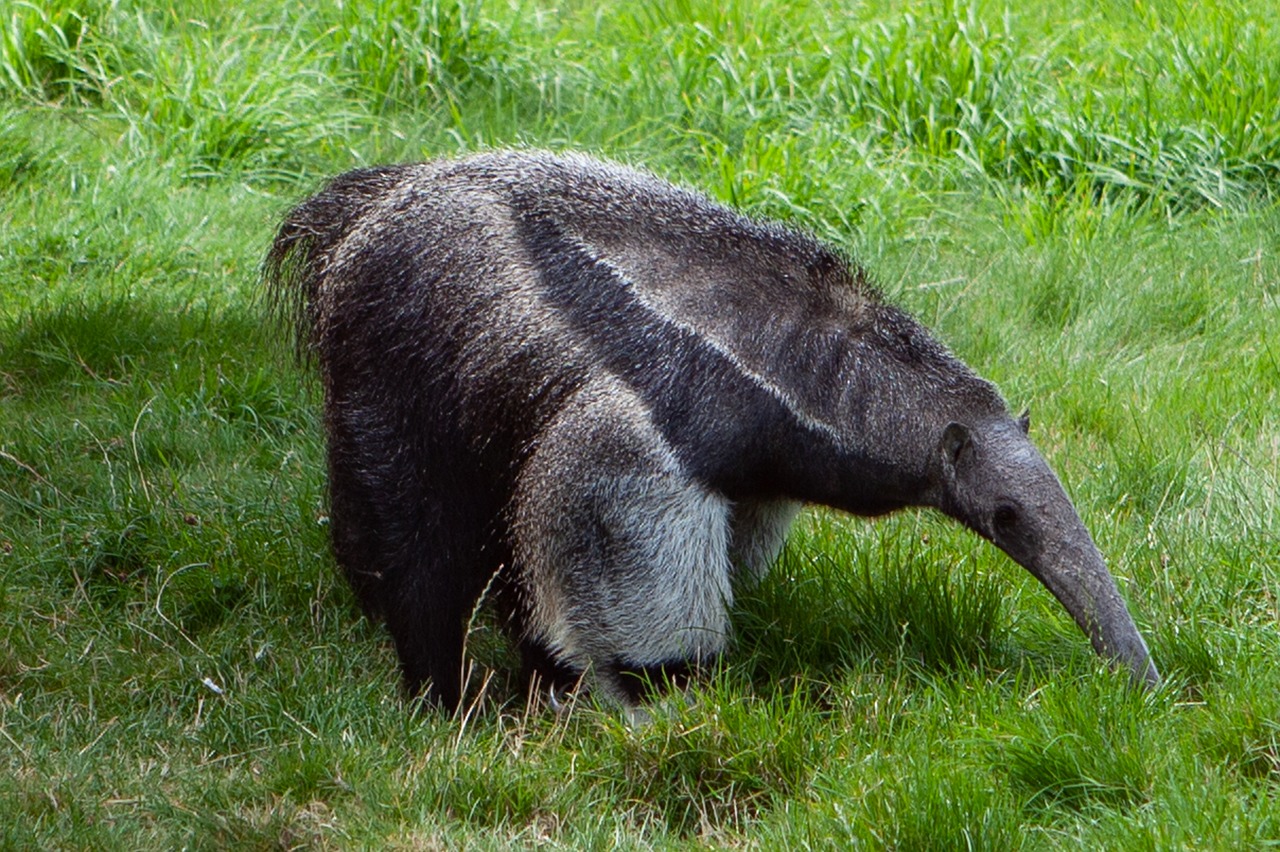In the dense rainforests of Indonesia, a groundbreaking observation has captured the attention of scientists and nature enthusiasts alike. An adult male Sumatran orangutan, known by the name Rakus, has been witnessed employing a remarkable form of self-care that blurs the lines between human and animal ingenuity. This fascinating event took place within the lush expanse of Gunung Leuser National Park, a biodiversity hotspot on the Indonesian island of Sumatra, which serves as a sanctuary for the critically endangered Sumatran orangutan population.
Rakus’s Self-Medication with Medicinal Plant
The incident unfolded when researchers, who have been meticulously observing orangutan behavior since 1994, noticed Rakus with a conspicuous injury on his right cheek. The wound, believed to be a result of a skirmish with rival males, presented a unique opportunity to witness how these intelligent creatures respond to physical ailments. What followed was an extraordinary display of self-medication, a behavior previously undocumented in wild animals in such a direct and deliberate manner.
Rakus, a flanged male orangutan with distinctive large cheek pads, was observed carefully selecting and chewing leaves from a tropical plant known scientifically as Fibraurea tinctoria. This plant, referred to as Akar Kuning by locals, is recognized throughout Southeast Asia for its medicinal properties, particularly in alleviating pain and inflammation. However, it is not commonly consumed by orangutans, making Rakus’s actions all the more intriguing.
After masticating the leaves, Rakus proceeded to apply the resulting plant juices to his wound using his fingers. He then placed the chewed-up plant material over the injury, effectively creating a natural bandage. This meticulous process was captured in photographs that later revealed the wound had healed cleanly within a month, showing no signs of infection or complications.

Significance and Implications of the Discovery
The scientific community has been astounded by this behavior, which was detailed in a study published in Scientific Reports. Co-author Isabelle Laumer, a biologist at the Max Planck Institute of Animal Behaviour, expressed the significance of this finding, stating, “This is the first time that we have observed a wild animal applying a quite potent medicinal plant directly to a wound.” The implications of such a discovery are profound, suggesting that the ability to seek out and utilize natural remedies may be more widespread in the animal kingdom than previously thought.
Previous research has indeed documented various species of great apes foraging for medicinal plants to address internal health issues. For instance, chimpanzees have been seen chewing on bitter plant shoots to soothe stomach ailments, while gorillas ingest rough leaves to expel stomach parasites. However, the direct application of a medicinal substance to a wound is a novel observation in the context of wild animal behavior.
Jacobus de Roode, an Emory University biologist not involved in the study, highlighted the importance of such singular observations, remarking, “Very likely it’s self-medication.” He noted that Rakus applied the plant exclusively to the wound, suggesting a targeted approach to treatment.
The question arises as to how Rakus acquired this knowledge. Caroline Schuppli, another co-author from Max Planck, speculated that Rakus might have learned the technique from other orangutans outside the park’s boundaries, away from the watchful eyes of researchers. This raises intriguing possibilities about the transmission of medicinal knowledge among orangutan populations and the potential for cultural learning within these communities.
The discovery of Rakus’s self-medication not only sheds light on the cognitive abilities of orangutans but also prompts us to consider the origins of medicinal practices in humans. Tara Stoinski, president and chief scientific officer of the Dian Fossey Gorilla Fund, who was not part of the study, pondered the evolutionary implications, asking, “If this behavior exists in some of our closest living relatives, what could that tell us about how medicine first evolved?”
As we delve deeper into the story of Rakus and his innovative use of medicinal plants, we are reminded of the intricate connections that bind us to our primate cousins. Their behaviors offer a window into our own past and the shared heritage that continues to influence our relationship with the natural world. The following sections will explore the implications of this discovery and the insights it provides into the evolution of medicine, the cognitive capabilities of great apes, and the conservation challenges facing these remarkable creatures.
Related posts:
Orangutan seen treating wound with medicinal plant in world first
In a first, an orangutan was seen treating his wound with a medicinal plant
In a first, an orangutan is seen using a medicinal plant to treat injury




